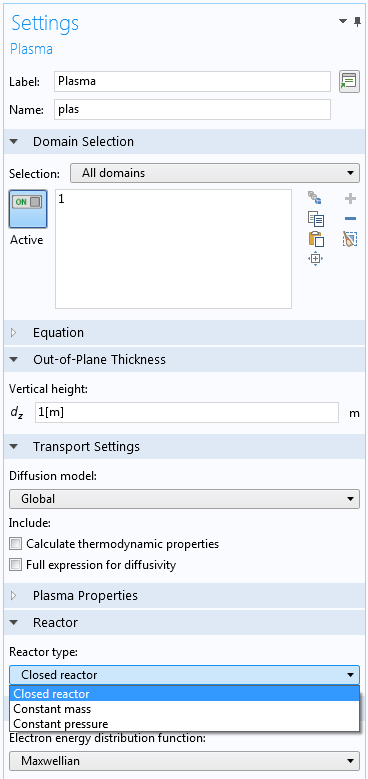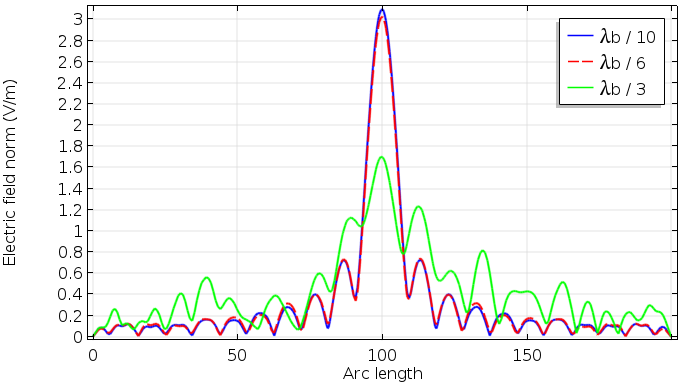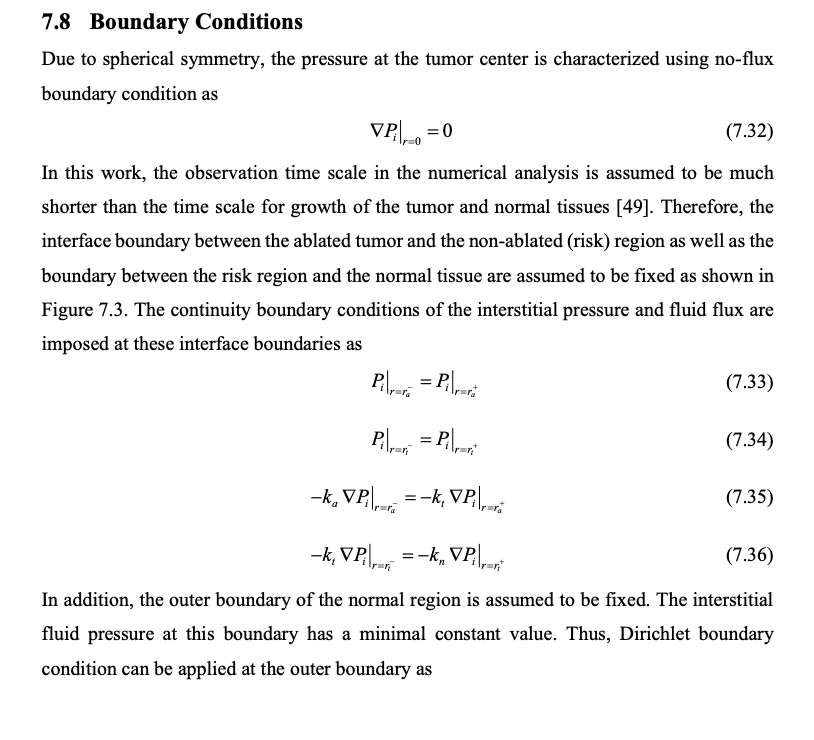

Let’s consider a heat transfer problem where a circular heat source with a radius R is traveling in the x direction with a velocity v. As the Neumann conditions are purely additive contributions to the right-hand side, they can contain any function of variables: time, coordinates, or parameter values. In COMSOL Multiphysics, you can see them as weak contributions in the Equation View. The Neumann conditions are “loads” and appear in the right-hand side of the system of equations.


Within the context of the finite element method, these types of boundary conditions will have different influences on the structure of the problem that is being solved. The following table features some examples from various physics fields that show the corresponding physical interpretation. A Robin condition is a mixture of the two previous boundary condition types, where a relation between the variable and its gradient is prescribed. A Neumann condition, meanwhile, is used to prescribe a flux, that is, a gradient of the dependent variable. With a Dirichlet condition, you prescribe the variable for which you are solving. In the mathematical treatment of partial differential equations, you will encounter boundary conditions of the Dirichlet, Neumann, and Robin types. In this blog post, we’ll discuss how you can utilize the flexibility of COMSOL Multiphysics to handle such situations. In these cases, among other instances, you may want to apply a boundary condition to only part of the geometrical boundary or only under certain conditions. Ralstonia eutropha (also known as Cupriavidus necator) is a Gram-negative, facultatively chemolithoautotrophic bacteria.Say you are working on a modeling case where loads are moving in such a way that they cross over different mesh elements and boundaries during the simulation.

This 105 page technical report summarizing the three years of research includes 72 figures and 11 tables of findings. This final technical report presents the findings of both the biological engineering work at MIT that extended the native branched-chain amino acid pathway of the wild type Ralstonia eutropha H16 to perform this biosynthesis, as well as the unique design, modeling, and construction of more » a bioreactor for incompatible gasses at Michigan State that enabled the operational testing of the complete system. The goal of the project is to produce Isobutanol (IBT), a branched-chain alcohol that can serve as a drop-in transportation fuel, through the engineered microbial biosynthesis of Carbon Dioxide, Hydrogen, and Oxygen using a novel bioreactor. This research project is a collaboration between the Sinskey laboratory at MIT and the Worden laboratory at Michigan State University. As a result, this work introduces a method for quantitative microwave models and insights into the scale-up of commercial microwave = compared with 40 to 110 for bench-scale experiments and 2 to 10 for reported industrial benchmarks) and good operability were demonstrated. The computational study shows that during the scale-up, the volumetric power absorbed passes through a maximum, whereas the energy efficiency and heating uniformity exhibit strongly nonlinear behavior. Using the validated computational model, microwave-heating of various liquids in a wide range of vial sizes is investigated. To enable quantitative modeling, microwave heating experiments are conducted and compared to COMSOL calculations to develop a calibration curve for the set point vs the actually delivered microwave power. (CEM Discover SP) is used for benchmarking. A commonly used bench-scale microwave reactor from the CEM Corp. This work focuses on rendering models quantitative and elucidating the scale-up behavior of microwave heating using numerical simulations. Currently, microwave models are typical qualitative in nature. Widespread use of microwave technology requires quantitative scale-up models.


 0 kommentar(er)
0 kommentar(er)
